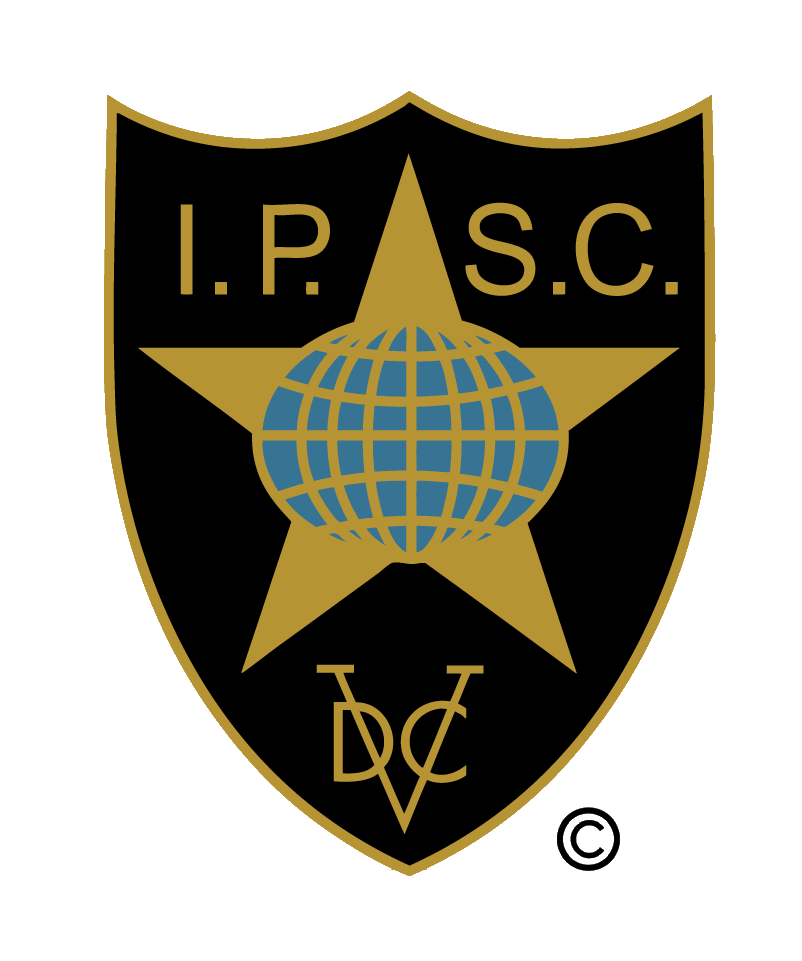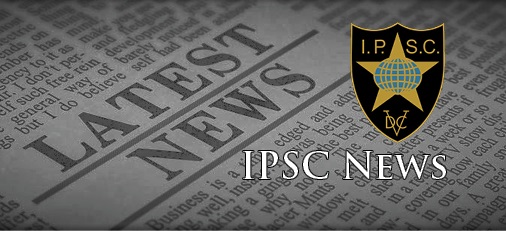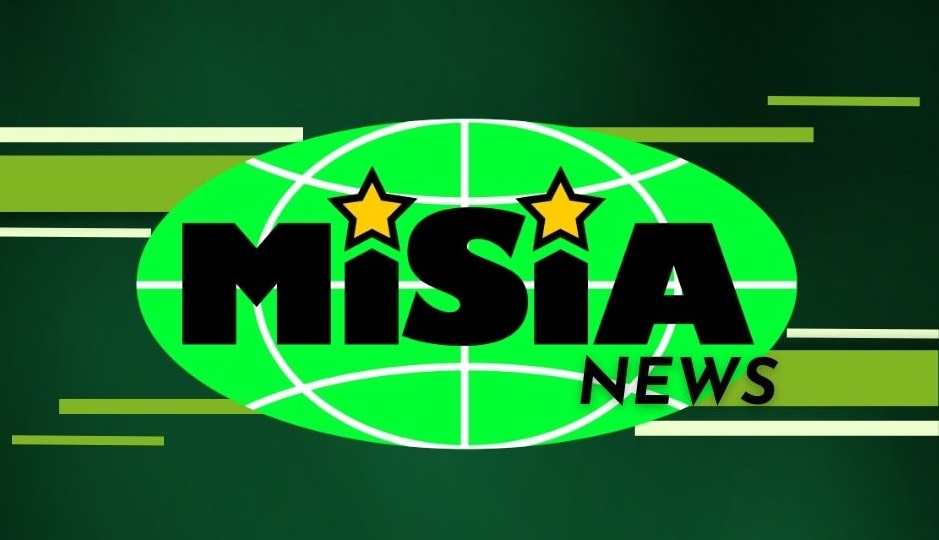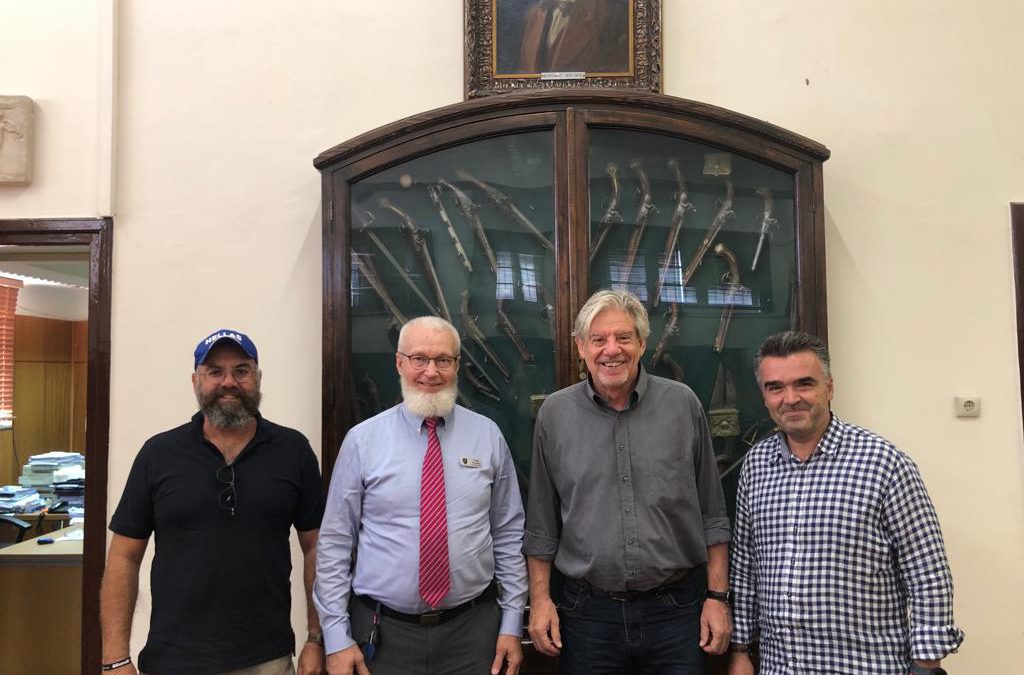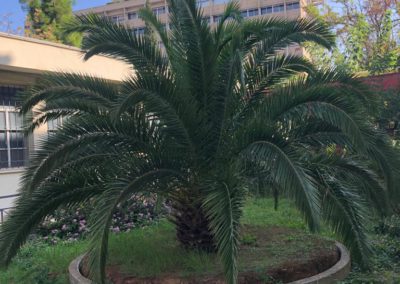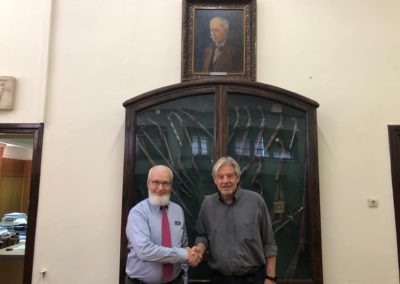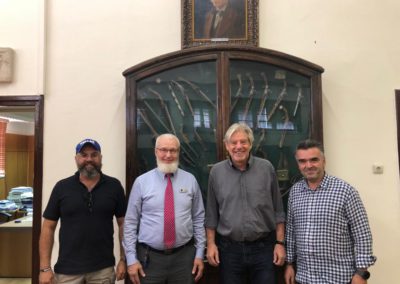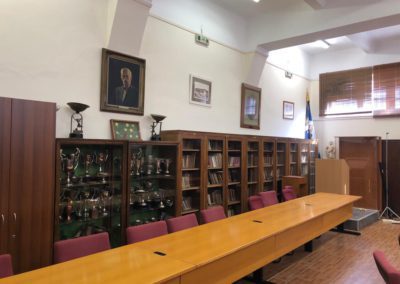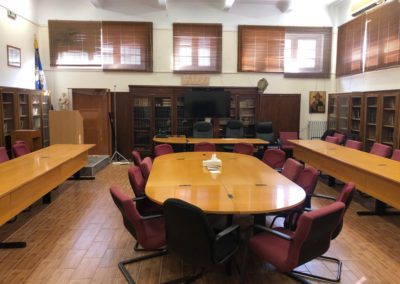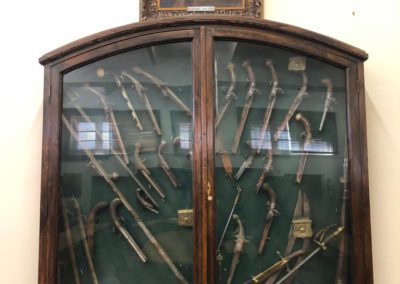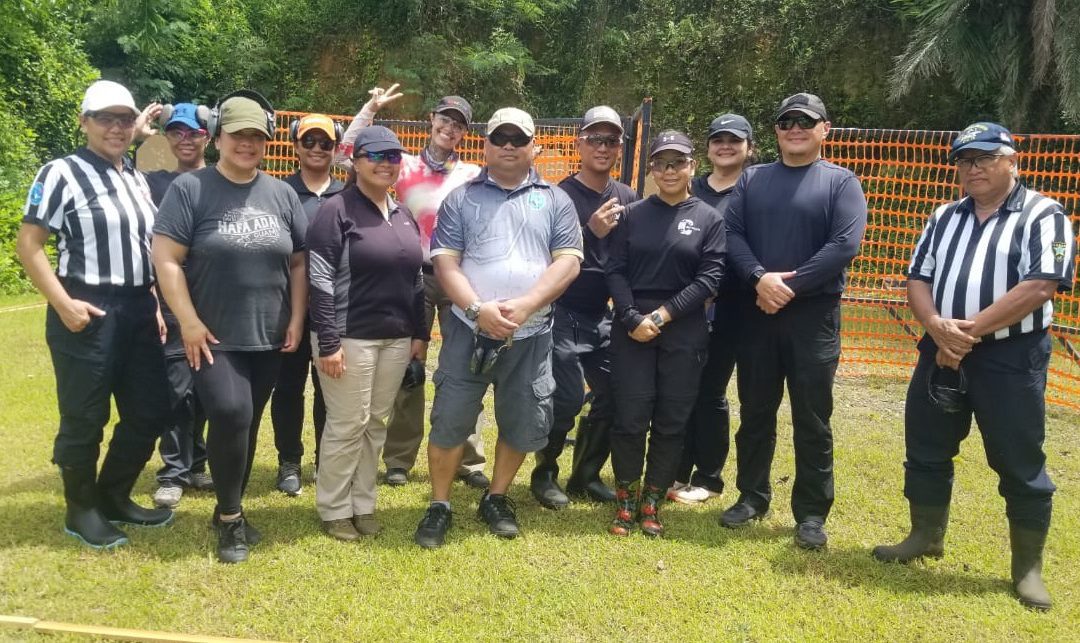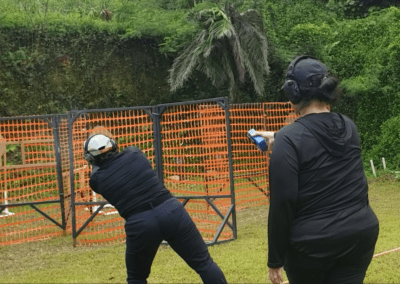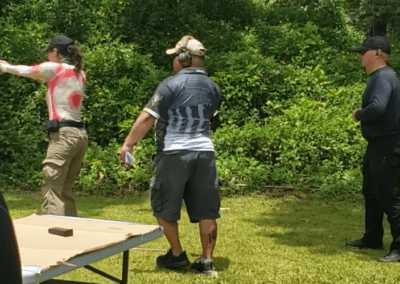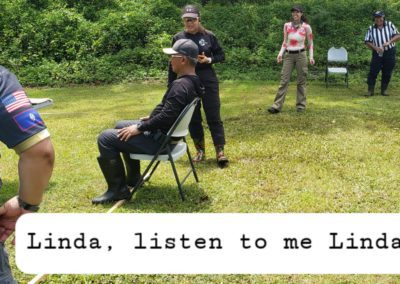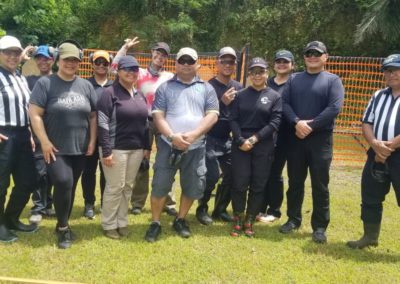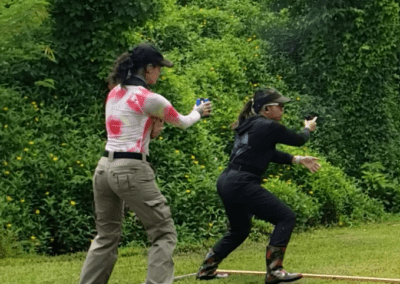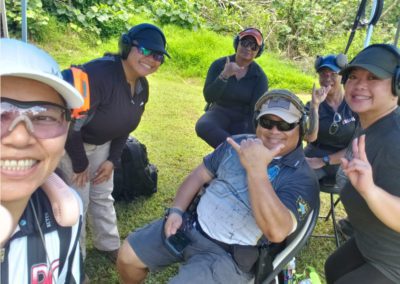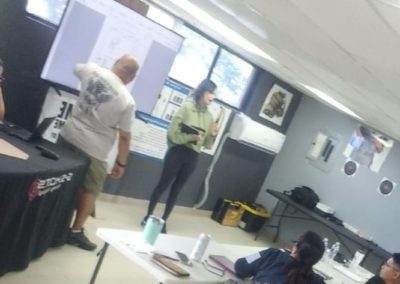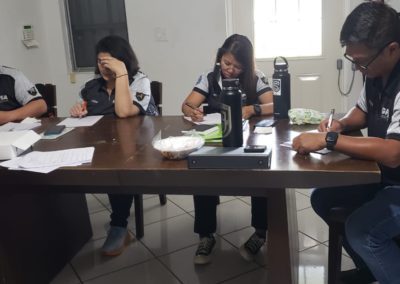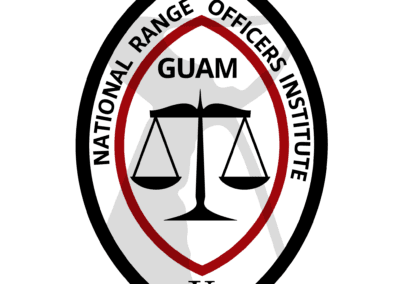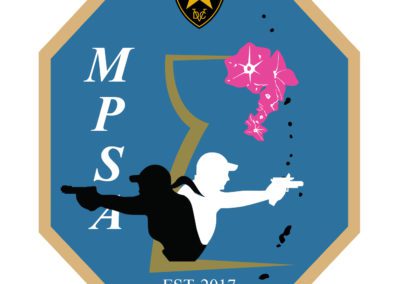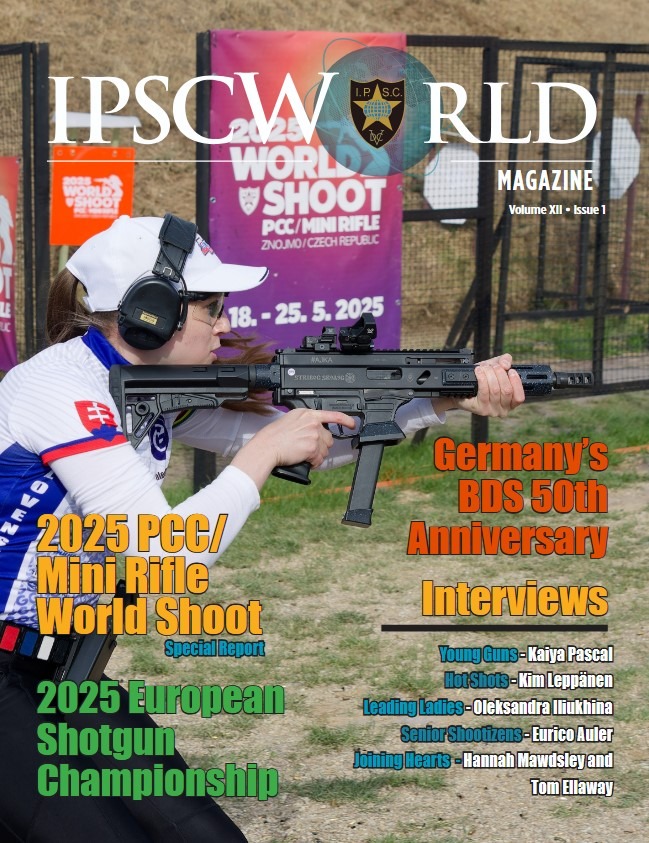
IPSC will be present at SportAccord World Sport & Business Summit 2024
The International Practical Shooting Confederation (IPSC) will be present at SportAccord World Sport & Business Summit 2024 from 7 to 11 April in Birmingham and the West Midlands.
SportAccord is the world’s premier and most exclusive sports summit. It is the only place where you can meet all International Sport Federations. In 2024, the Summit will welcome over 1,500 global sports leaders and key decision makers.
“SportAccord Summit participation is one more IPSC step to the Olympic recognition!” IPSC President Vitaly Kryuchin said.
The IPSC delegation will be represented at the SportAccord Summit 2024 by both headquarters’ members and Regional Directors. The Confederation will be represented with a stand (stand 42) and will share information about the IPSC sport during all days of the Summit and its Exhibition.
IPSC will take part in the SportAccord Summit for the third time. IPSC took part in the Summit for the first time in 2018 in Bangkok, Thailand and in 2019 in Gold Coast, Australia with the help of Australia IPSC Region.
SportAccord World Sport & Business Summit
The SportAccord World Sport & Business Summit brings together around 1,500 leaders and key decision makers from over 120 International Federations (IFs), the International Olympic Committee, and organisations involved in the business of sport.
The Summit provides an unrivalled platform enabling global business leaders and host cities to have access to all the International Federations and their stakeholders in one location over several days.
This unique event is a combination of official sports meetings, networking gatherings, a themed conference programme, and exhibition space enabling International Federations, industry, cities and regions to showcase and advance their sport, services and facilities.
